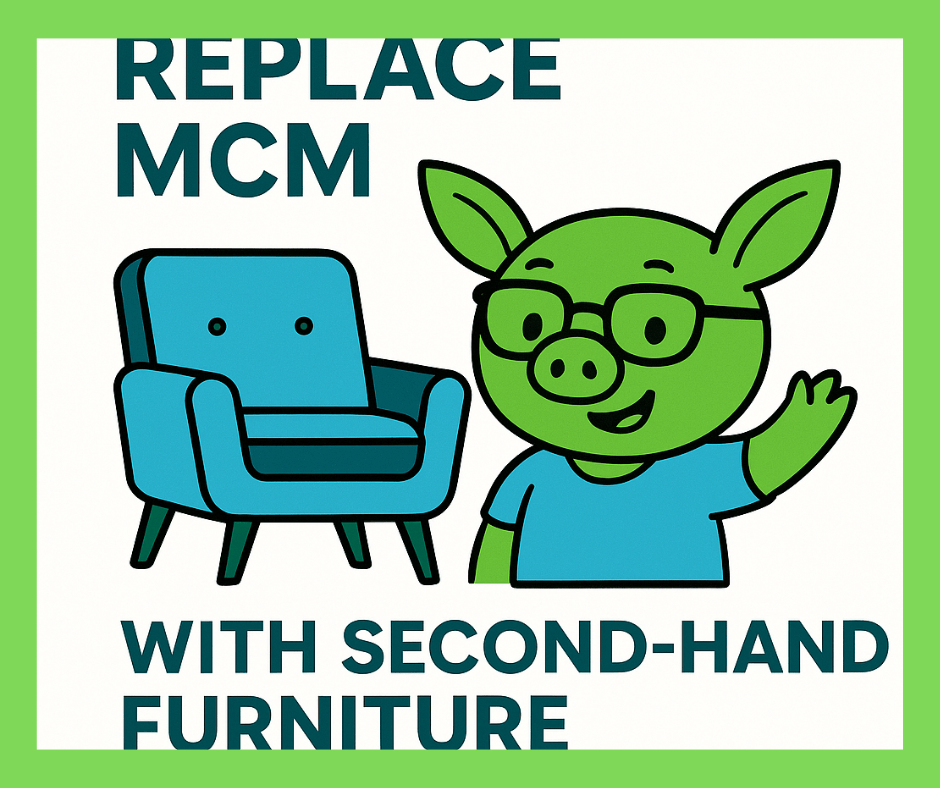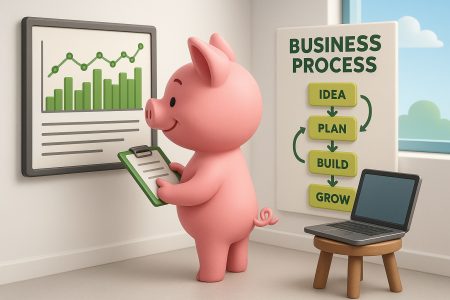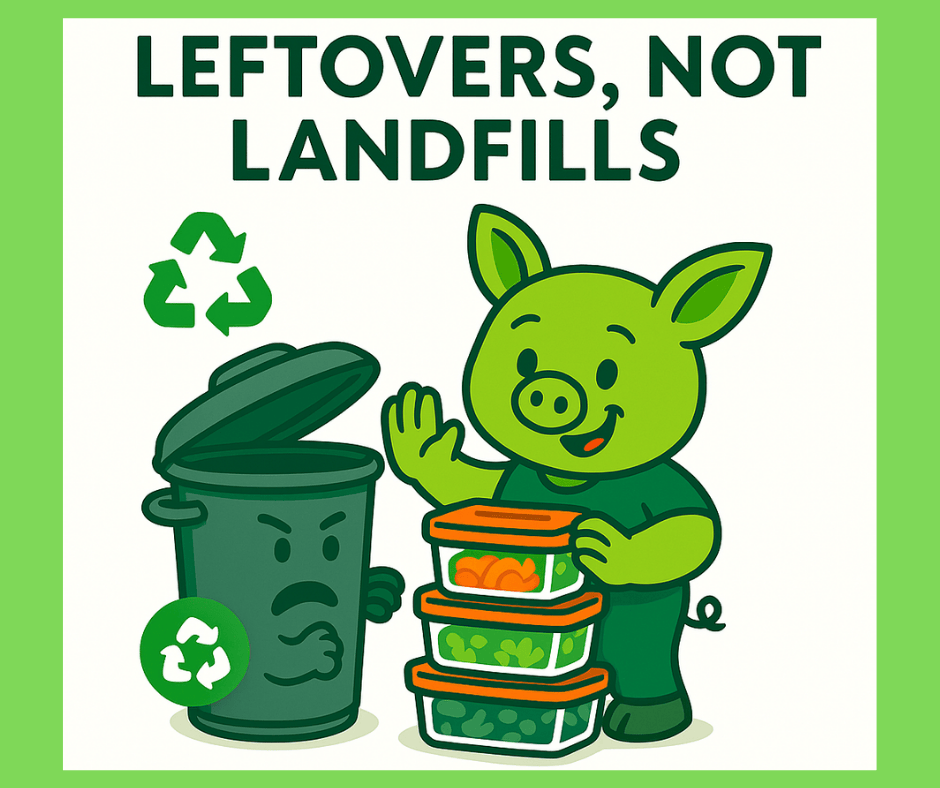
December 5, 2025 | Sustainable Home Tips
“MCM is dead?!” Not quite. But second hand furniture is the new first-hand. Here’s how to nail it.

November 28, 2025 | Sustainable Home Tips
We’re thrilled to welcome Emma Croft, an expert from GetGardening.info, as a guest writer on the Green Home Blog as she discusses bee-friendly garden design! With years of experience in sustainable gardening and eco-friendly living, Emma is passionate about helping people create thriving, environmentally conscious spaces. Her expertise in pollinator-friendly practices has inspired countless readers to take action for a greener planet. Today, Emma shares her insights on building a green building business. Let’s dive into her expert advice and discover how small changes can make a big impact!
Let’s be real: the construction industry hasn’t exactly been a poster child for sustainability. Between the mountains of concrete, energy-hungry machinery, and throwaway materials, building things has historically meant bulldozing right through environmental concerns. But that’s changing. A growing wave of entrepreneurs is ditching the old blueprints and designing a cleaner, more responsible future. If you’re one of the brave souls ready to dive into the world of green building, this guide isn’t just a roadmap—it’s a rallying cry.
Before you worry about solar panels and bamboo flooring, zoom in on your mission. Why are you doing this? Building an eco-focused business isn’t just about capitalizing on trends—it’s about committing to a better way of building. You need a purpose so strong it drips from every email, pitch deck, and contract you sign. Clients and investors can smell half-hearted greenwashing from across the room, so your “why” has to be woven into your DNA. The clearer you are about that from day one, the more magnetic your business becomes.
Sharpen Your Tools for the Long Game If you’re serious about launching or growing a green building business, sometimes the smartest move is stepping back to level up your skills. Going back to school can give you a fresh perspective and sharpen the kind of business instincts that separate solid ideas from successful companies. You might choose to earn a Bachelor of Business Administration to get grounded in essentials like accounting, business, communications, or management. And with online degree programs built for working adults, it’s easier than ever to keep your day job while knocking out coursework on your own terms.
You can’t build green if you don’t know what green even means in your jurisdiction. Sustainable construction isn’t just a moral stance—it’s a legal and technical one, too. You’ll need to wrap your head around LEED certifications, local energy codes, material restrictions, and maybe even carbon offset policies, depending on where you’re operating. But here’s the kicker: the best green builders don’t aim to meet the standard—they aim to beat it. Futureproof your builds by anticipating regulations that haven’t even landed yet. That’s how you stay ahead of the curve instead of playing catch-up.
This is where a lot of eco-entrepreneurs trip up: thinking they need a Rolodex full of engineers to get started. You don’t. What you do need is a team that believes in the mission and brings diverse skills to the table. Yes, you’ll need technical talent eventually—but don’t underestimate the value of a marketing genius who knows how to tell your story or a supply chain nerd who can track down sustainable materials at scale. Surround yourself with people who get the vision, and the momentum you build will be impossible to fake.
One of the biggest misconceptions about green building is that it has to be expensive. That’s only true if you ignore what’s right under your nose. Local suppliers, local labor, local materials—these aren’t just nice-to-haves, they’re economic and environmental power moves. Shorter shipping routes mean a lower carbon footprint, and regional materials often perform better in their native climates anyway. On top of that, building relationships with nearby partners makes your whole operation more agile and resilient when supply chains inevitably get funky.
If you’re winging every project from scratch, you’re setting yourself up for burnout—or at best, an unscalable business. Instead, design a repeatable framework that outlines how you approach sustainability in every build. Maybe it’s a five-step design process that always starts with passive energy strategies. Maybe it’s a sourcing checklist that includes distance traveled, recyclability, and certifications. Whatever it is, codify it. This lets you grow
without diluting your mission and helps your team execute without constantly needing to reinvent the wheel.
You’re not just laying bricks; you’re making a statement. In a world drowning in generic construction firms, your sustainability angle is your sharpest marketing tool. But you’ve got to do more than slap some green buzzwords on your website. Tell stories. Show before-and-after snapshots of carbon savings. Talk about the old-growth forests you’re protecting by using reclaimed wood. Clients don’t just want buildings—they want to be part of a narrative they can be proud of. If you can deliver that, the business will follow.
Here’s where the rubber meets the road: you have to prove that your methods work. It’s not enough to say your buildings are energy-efficient—you need to show the kilowatts saved, the water conserved, the emissions avoided. That means tracking and analyzing your projects like your reputation depends on it (because it kind of does). Having real data not only sharpens your process but also wins over skeptical stakeholders who need numbers to buy in. Bonus: it makes case studies and pitches way more compelling than vague promises ever could.
Let’s be honest: the green building space isn’t for the faint of heart. You’ll run into skeptics, hit regulatory walls, and wrestle with sourcing dilemmas that make your head spin. But if you stick with it—if you stay obsessed with doing it right—you won’t just build a business. You’ll build something that matters. A company that lives its values, carves out its niche, and proves that sustainability isn’t just a trend—it’s the foundation of how we move forward. So roll up your sleeves. The world needs what you’re building.
Discover how Pigybak is transforming home improvement with community-driven solutions and exclusive group deals. Visit their site to learn how you can save on home services while supporting local contractors and charitable causes.

I, [Customer Name], hereby authorize Pigybak to include my name, phone number, and address in their database. I also opt-in to receive notifications about upcoming services in my area. I validate that the information provided is accurate and represents my personal information, not others.
By providing this authorization, I understand and agree to the following terms:
I authorize Pigybak to set up a profile on my behalf, which may include my name, phone number, and address.
I consent to receiving notifications from Pigybak about upcoming services in my area via text message.
I acknowledge that I have the option to opt out of receiving notifications at any time. I can do so by directly contacting the contractor or managing my preferences in the Pigybak app.
I authorize Pigybak to share my contact information with the contracted service providers for the purpose of facilitating service delivery.
Pigybak agrees not to share my information with third parties without obtaining separate authorization from me.
I understand that Pigybak may update the terms and conditions, and I agree to review them periodically for any changes.
I acknowledge that the standard terms and conditions of the Pigybak mobile application, which can be found at www.pigybak.com/privacy-policy, apply to this authorization.
I acknowledge that this authorization is voluntary, and I have read and understood the terms outlined above. By providing my information, I consent to the terms above.
